
The Navajo recognized and remembered over 700 different types of insects, to three levels of classification.1 Most of these insects did not have a practical ‘use’ for the Navajo (e.g. food). The vast majority of these animals were remembered as part of the everyday life and rich culture of this people.2
How many different types of insect can you recognize?
And how many can you name?
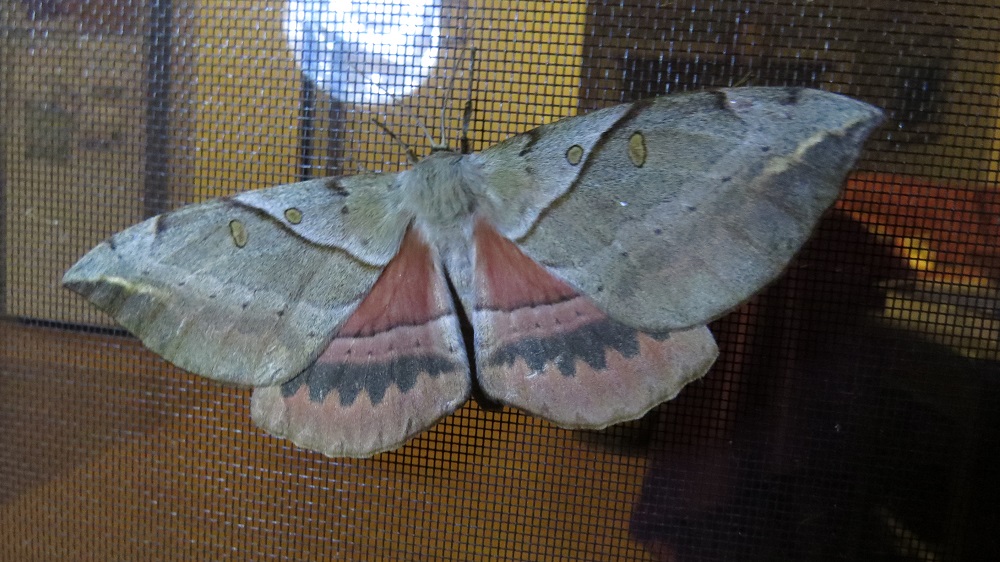
To be fair, for many years it’s been really hard to identify Australian insects to species level, because of a lack of field guides. And this hasn’t been helped by the pathetic amount of funding available for research into non-commercially important insect taxa in this country. Entomologists are rare!
When I embarked on a PhD in insect ecology, back in 1994, comprehensive field guides for most insects were non-existent. Most scientific keys, based on morphological features, only went as far as family or genus level. Many insects were undescribed.
To get ID’s for the insects I sampled, I often had to take, or send, specimens to the leading ‘expert’ working on that insect group. I met some interesting people, and got some great help, but it was time-consuming work, and many specimens still could not be identified.
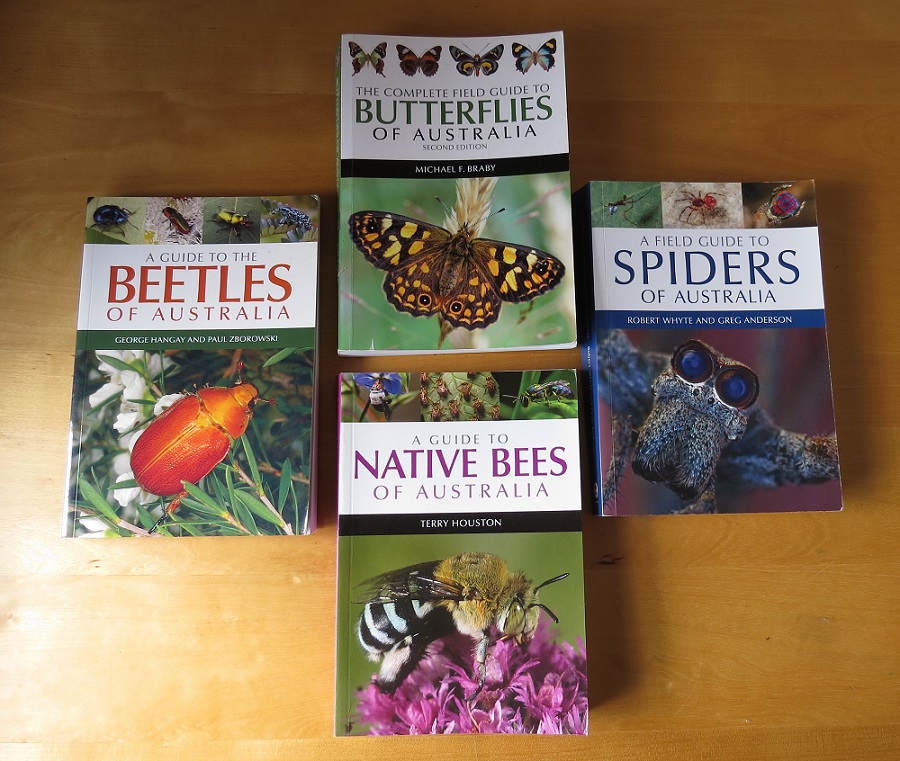
But over the last few years, I’ve been delighted to discover how far we’ve come in describing the insects (and other invertebrates) of Australia, and making this information available to the general public. Beautifully illustrated and detailed field guides are available for butterflies, dragonflies, beetles, native bees and spiders, just to name a few. And in the last couple of months I have also discovered the helpful and benignly addictive world of INaturalist.

It all started when I came down with a virus at the start of May, which laid me low for a few weeks, and made ‘normal’ work difficult. However I did feel just well enough to toddle around the garden, look at plants and bugs, and take the odd photo. I had an INaturalist account, but had never made the time to add many observations. This was my chance!
INaturalist is a global online platform that allows nature-lovers to record observations of plants, animals and fungi. It allows you to get in touch with other nature-lovers all over the world, and learn from their expertise. Observations that are considered ‘research quality’ can then be added to the Atlas of Living Australia (ALA), which is Australia’s national database of biodiversity, thus building up our knowledge of flora and fauna in this country. One of the best things about INaturalist and the ALA is the growing gallery of species images that are available to all. It’s like a huge free online pictorial field guide! The ALA and INaturalist are completely free to use, but donations to help maintain the INaturalist platform are welcome.
So how does it work? I’m still finding my way around these platforms, so best to read their ‘how to’ guides for the nitty gritty. But here’s a simple overview using screen shots of the INaturalist website (there are also apps for phones and tablets):
First you create an account with INaturalist and select Australia as your location.

Add your first observation of a plant, critter or fungi. An ‘observation’ consists of a date, location, a photo or sound file, and any other information you might add.

Digital devices tend to record the date an image was taken, and some can be set to record the location too. Or you can set the location manually once you upload the image. You can also choose to make the location public, private or obscured.
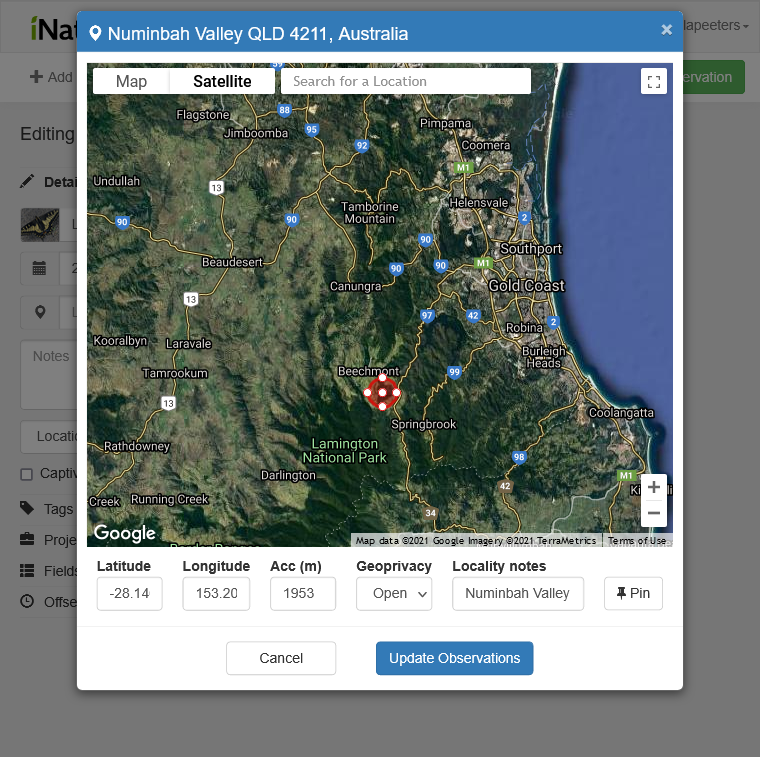
Try to identify the organism, best that you can. If you already know the species, type that in. But INaturalist comes into its own when you don’t know the species, because other people can help by suggesting an ID for your observation.

For example, I took a photo of these water striders on my pond, and uploaded it to INaturalist. I knew they were water striders, but had no idea which species. By the next day, someone from the other side of the world, with an interest in this group, had helped me by identifying it. Now I know that its name is Tenagogerris euphrosyne
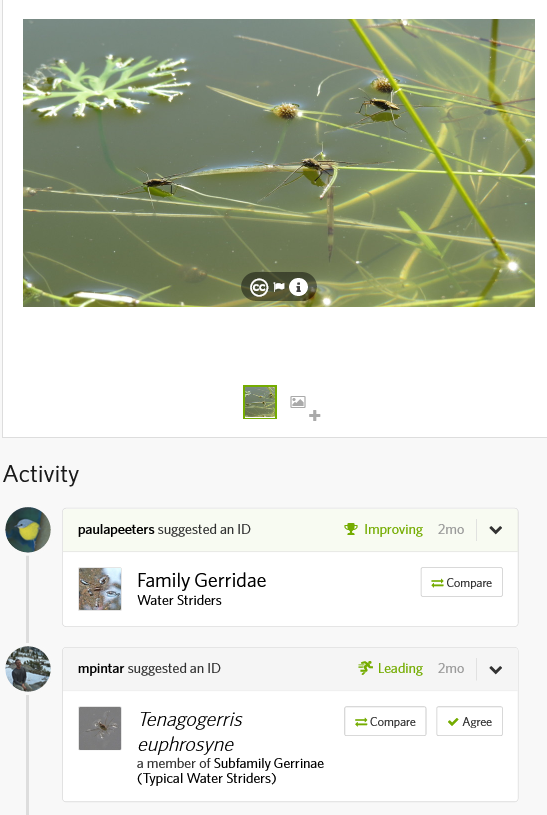
The same happened with this beetle:

And this fungus:

When two people agree on a identification in INaturalist, and the observation has a date, location and either a photo or sound file, then that observation becomes ‘Research Grade’. Woohoo!
If you decide to link your INaturalist account to an account in the Atlas of Living Australia, your ‘Research Grade’ observations can then be added to our national database. This is a really important and worthwhile thing to do, because very little is known about the vast majority of Australian species, where they live, how many there are, what time of year they breed, etc. We need this basic observational data to inform how we look after our wildlife. And, sadly, most universities, museums and other government departments have very few resources to collect this sort of information. Believe me, I worked in wildlife conservation in this country for 13 years, and have personally experienced how limited our records are, and how continual funding cuts keep reducing the number of experts employed to collect this vital information.
These little contributions are immensely important to help us improve our understanding of, and care of, our wonderful biota.
So if you think you’d enjoy toddling around your garden (or local park, beach, river, etc), taking a few photos, and learning more about your local wildlife – go for it! It’s all waiting for you, and there’s a community of other nature-lovers out there waiting to help you learn more about the plants, animals and fungi all around you.

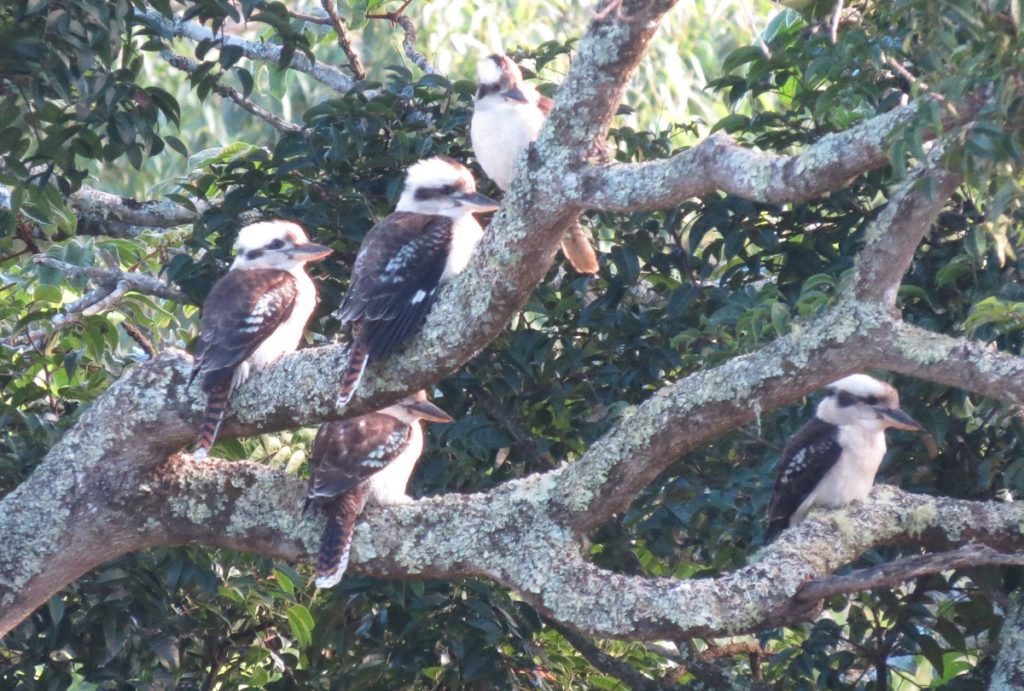
- https://www.lynnekelly.com.au/?page_id=420
- Lynne Kelly, speaking on the ABC radio program ‘Conversations’ with Richard Fidler, 22 June 2021 .
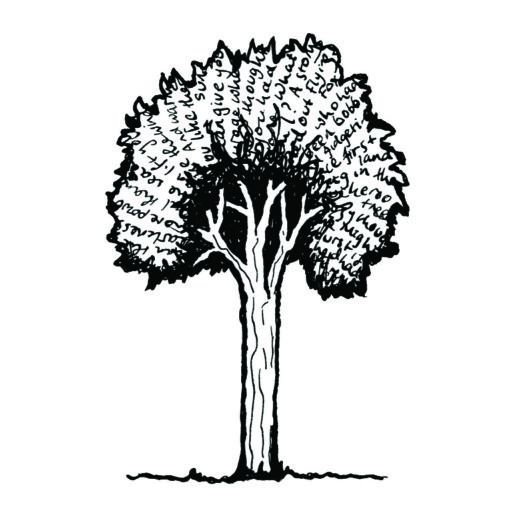

It is such a good app! I’ve found it so useful for find out about the species I’ve been sketching, although I’ll admit I’m not as good with consistently adding observations as I’d like to be. I didn’t realise the ALA connection either – thank you 🙂
Great to hear Talweez!